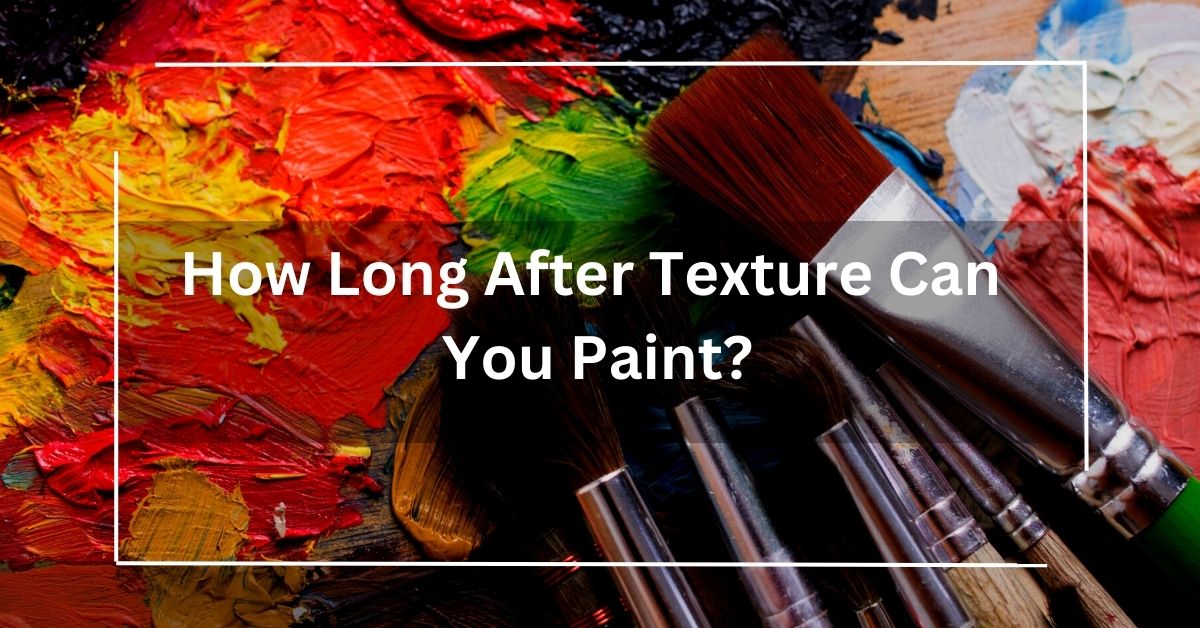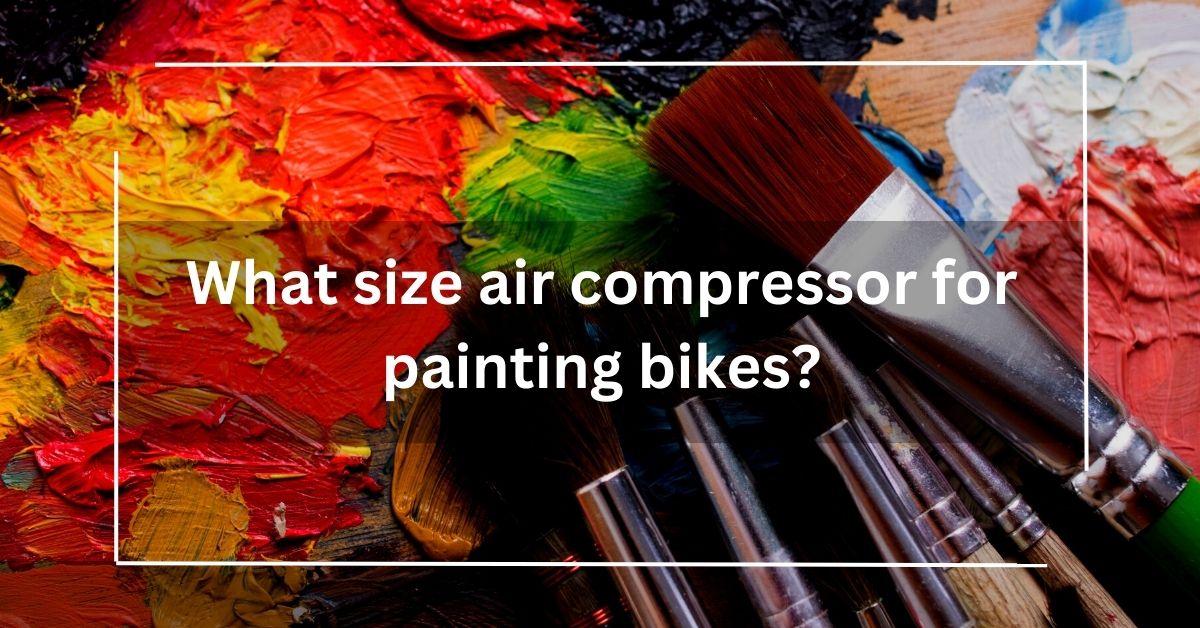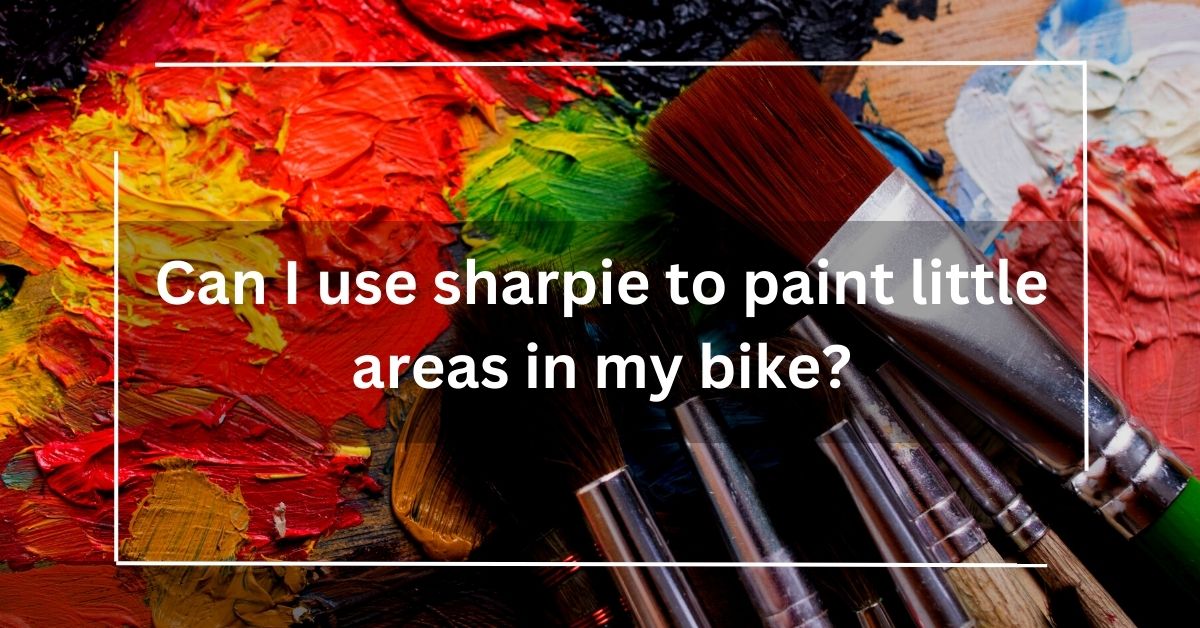When you’ve added texture to your walls, you’re likely excited to move on to the next step: painting. But before you dive into that paint can, it’s important to understand how long you should wait after applying texture before you start painting.
After applying texture to your walls, it’s typically best to wait 24 to 48 hours for it to thoroughly dry before starting the painting process.
Let’s explore this topic and answer some common questions that arise during this process.
Do You Have to Prime after Texturing Wall?
Absolutely, priming after texturing your wall is a smart move. Primer serves as a crucial preparatory step before painting.
It helps create a smooth and consistent surface for your paint to adhere to, and it also enhances the color and finish of your paint.
Priming is particularly important on textured walls, as it ensures an even application of paint and prevents uneven absorption.
Benefits of Applying Primer After You Texture a Wall
Priming your textured wall offers several benefits:
- Improved Adhesion: Primer helps paint adhere better to the surface, reducing the chances of peeling or chipping.
- Enhanced Color: Priming evens out the color absorption, leading to a more consistent and vibrant paint finish.
- Reduced Paint Consumption: With a primed surface, you’ll likely need fewer coats of paint to achieve the desired color and coverage.
- Sealing Effect: Primer seals the texture, preventing it from soaking up excessive paint and resulting in an uneven look.
How to Prime Different Textured Walls?
Different types of textured walls require slightly different approaches for priming:
- Smooth Textured Walls: Use a high-quality latex primer. Apply it evenly using a roller or brush, ensuring full coverage.
- Lightly Textured Walls: A roller with a medium nap works well for applying primer on walls with light texture. Roll in overlapping strokes for uniform coverage.
- Heavily Textured Walls: For walls with more pronounced texture, consider using a brush to get into crevices and a roller to cover larger areas.
How to Apply Primer After Texturing Walls?
Follow these steps for successful primer application:
- Prepare the Surface: Ensure your textured wall is clean and free from dust or debris. If necessary, lightly sand any rough spots.
- Choose the Right Primer: Opt for a quality primer that suits the texture and type of paint you plan to use.
- Start Priming: Use a brush or roller based on the texture. Apply the primer in thin, even coats. Allow each coat to dry before applying the next.
Factors Influencing Drying Time
Several factors can influence how long texture takes to dry and cure:
- Type of Texture: Different textures have varying levels of thickness and composition. Heavier textures may require more time to dry than lighter ones.
- Humidity Levels: High humidity can slow down the drying process. If you’re in a humid environment, consider using dehumidifiers to help speed up the drying process.
- Temperature: Warmer temperatures generally promote faster drying. If the room is too cold, the texture may take longer to dry.
- Ventilation: Proper ventilation helps in moisture evaporation, aiding the drying process. Ensure that the room has good air circulation.
- Texture Application: Thicker applications of texture will naturally take longer to dry compared to thinner coats.
Tips for Efficient Painting After Texture
To ensure a successful painting process after applying texture, consider the following tips:
- Inspect Texture Quality: Before you proceed with painting, inspect the texture for any cracks, bubbles, or uneven areas. Address any imperfections before painting to achieve a smooth finish.
- Priming: Applying a primer before painting is crucial, especially on textured surfaces. Primer helps the paint adhere better and provides a consistent surface for the paint.
- Use High-Quality Paint: Opt for high-quality paint that is designed for textured surfaces. Such paints are formulated to cover irregularities and provide a more even finish.
- Test in a Small Area: If you’re unsure about the paint’s appearance on the textured surface, conduct a small test in an inconspicuous area. This allows you to make any necessary adjustments before committing to the entire room.
Read: Can You Sand Acrylic Paint? A Comprehensive Guide
Choose the Best Brush for Priming Your Textured Wall
When selecting a brush for priming, look for one with bristles that can reach into the textured areas. A brush with synthetic bristles is usually a good choice for primer application.
How Long Does Spray Texture Take to Dry?
The drying time for spray texture can vary depending on factors such as humidity and thickness of application. Typically, it can take a few hours to a day for spray texture to fully dry.
Can You Paint Over Knockdown Texture?
Yes, you can paint over knockdown texture. Follow the priming steps mentioned earlier, and once the primer is dry, you can proceed with painting.
How Long Does It Take for Texture to Cure?
Texture usually takes around 24 to 48 hours to fully cure. During this time, it’s best to avoid any contact or moisture to ensure the texture sets properly.
Can I Paint Over Wet Wall Texture?
Painting over wet wall texture is not recommended. Allow the texture to fully dry before applying primer and paint for the best results.
How Long Does Wall Texture Take to Dry?
The drying time for wall texture can vary depending on the type of texture and environmental conditions. Generally, it can take anywhere from a few hours to a day or more for wall texture to dry completely.
Final Words
In conclusion, patience is key when it comes to painting after texturing. Applying primer, waiting for the texture to cure, and choosing the right tools will ensure that your newly textured walls look their best with a fresh coat of paint.
FAQs
1: Can I speed up the drying process of the texture?
Yes, you can use fans, dehumidifiers, and ensure proper ventilation to help expedite the drying process.
2: Can I paint directly over wet texture?
It’s not recommended to paint over wet texture, as this can lead to poor adhesion and an uneven finish.
3: Should I sand the texture before painting?
Lightly sanding the texture can help create a smoother surface for painting, but be cautious not to remove too much texture.
4: Can I use any type of paint on textured walls?
While you can use various types of paint, it’s advisable to choose a paint designed for textured surfaces to achieve the best results.
5: What if the texture is uneven after drying?
If you notice uneven areas in the texture after it has dried, you can lightly sand those areas before priming and painting.
6: Can I hire a professional for texture application and painting?
Absolutely! Hiring a professional ensures that both the texture application and painting are done correctly and efficiently.



